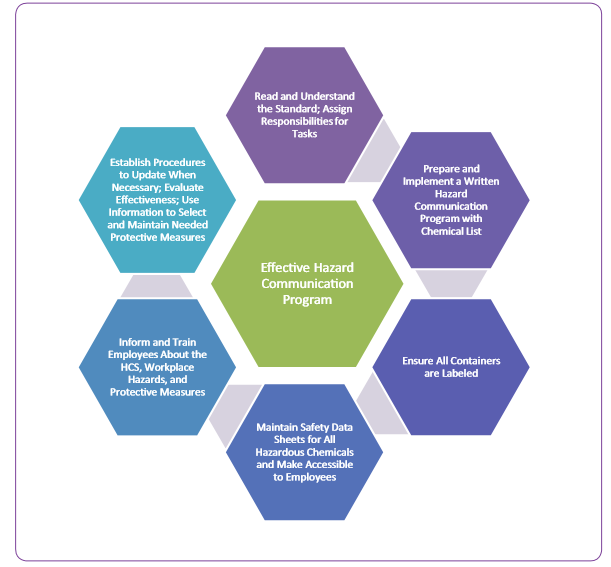
Today we are going to discuss OSHA and Hazard Communication.
OSHA is the Occupational Safety and Health Administration, their mission is to assure safe and healthful working conditions for working men and women by setting and enforcing standards and by providing training, outreach, education and assistance. You can find more information available from OSHA on their website, http://www.osha.gov/.
The OSHA Hazard Communication Standard was designed to provide employees with information on the identities and hazards of all chemicals used in the workplace and recommended protective measures. According to the OSHA Hazard Communication Standard, all employers are required to have a written hazard communication program that meets the requirements of 29 CFR 1910.1200. This is important because Hazard Communication Violations are some of the most frequently cited by OSHA compliance officers; but help is available from OSHA, SPFA, Spray Foam Coalition and from us here at Spray Foam Advisor.
You can find a sample written program for Hazard Communication at OSHA’s website http://www.osha.gov/Publications/osha3186.pdf and additional product stewardship guidance related to Hazard Communications is available at spraypolyurethane.org.
Chemical manufacturers classify the hazards of chemicals, prepare labels and safety data sheets, or SDSs, and provide these documents when they ship these chemicals. Employers that receive these chemical containers and SDSs must prepare and implement a written hazard communication program. The employers must ensure:
- All containers of hazardous chemicals are labeled
- SDSs are maintained for all hazardous chemicals
- Workers are trained on the program, chemicals, hazards, protective measures, and more
And this information must be kept current.
OSHA recommends 6 steps to prepare a Written Hazard Communication Plan:
Step 1) Learn the Standard and Identify Responsible Staff for oversight
Step 2) Prepare and implement a written hazard communication program
Step 3) Ensure containers are labeled
Step 4) Maintain Safety Data Sheets
Step 5) Inform and Train Employees
Step 6) Evaluate and Reassess your program
If you want help with this process, you can sign up for a Pro Membership and get access to a series of videos that discusses this in more detail.



